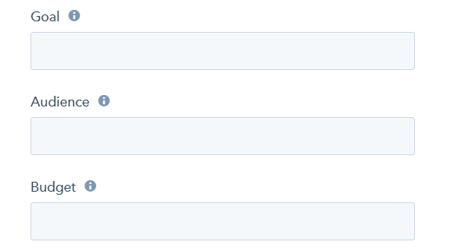OUR BLOGS
Get Updated with the latest news, thoughts, ideas,
tips, digital innovation and much more.


8 Steps to Set Up a Successful Campaign
Recently I’ve been on a few clients calls for training, which doesn’t happen all that often, and on almost every single one of them I’ve gotten the same question: “How do I set up a campaign from start to finish?” After hearing this question more than two times, I’ve decided it should be addressed because if a few people are curious, there have to be more.
How Are We Defining “Campaigns”?
Like most words in the English dictionary, campaign can mean a few different things. When I say campaign I’m talking about the catch-all of assets for an event, premium piece of content, or even a launch of some kind.
Let’s say, as an example, you are launching a new course on your website. The course would be the reason you would have a campaign and within that campaign are all your assets (emails, social posts, paid ads, etc.) that you need to create to make sure that the course is successful.
The campaign is the umbrella and the assets are everything that falls underneath.
How to Set up A Campaign
There are certain steps you need to take to make sure that you think and work through for your campaign to be successful.
1. What is your objective?
Before we can get into any sort of planning or creation, we have to ask ourselves, what is it that we want to accomplish with this campaign? Is it to get course downloads? Have someone sign up for your book release? Sign up for a webinar? Or is it something else?
You’ll want to lay out the goals and the corresponding metrics that you’re going to use, so at the end of the day, you can measure whether your campaign is doing what you want it to do. Without goals, you’re putting something out there and that’s it. By having a purpose you’re able to more easily track how everything is performing and in the end if you reached your goal.
During this stage, you will also want to call out who it is you want to reach, and determine if you have a budget for this campaign. Knowing your “who” will help you figure out where you should be promoting your campaign and the message that goes with it.

Having a budget determined and written down will help with planning promotions and keeping track of how much you’re spending. If you’re planning on pushing out paid ads on social or Google, it’s always a good idea to plan for how much you’re allotted to spend; for example, unless you are a multi-million or billion-dollar company, you probably shouldn’t be spending a lot promoting a workbook.
